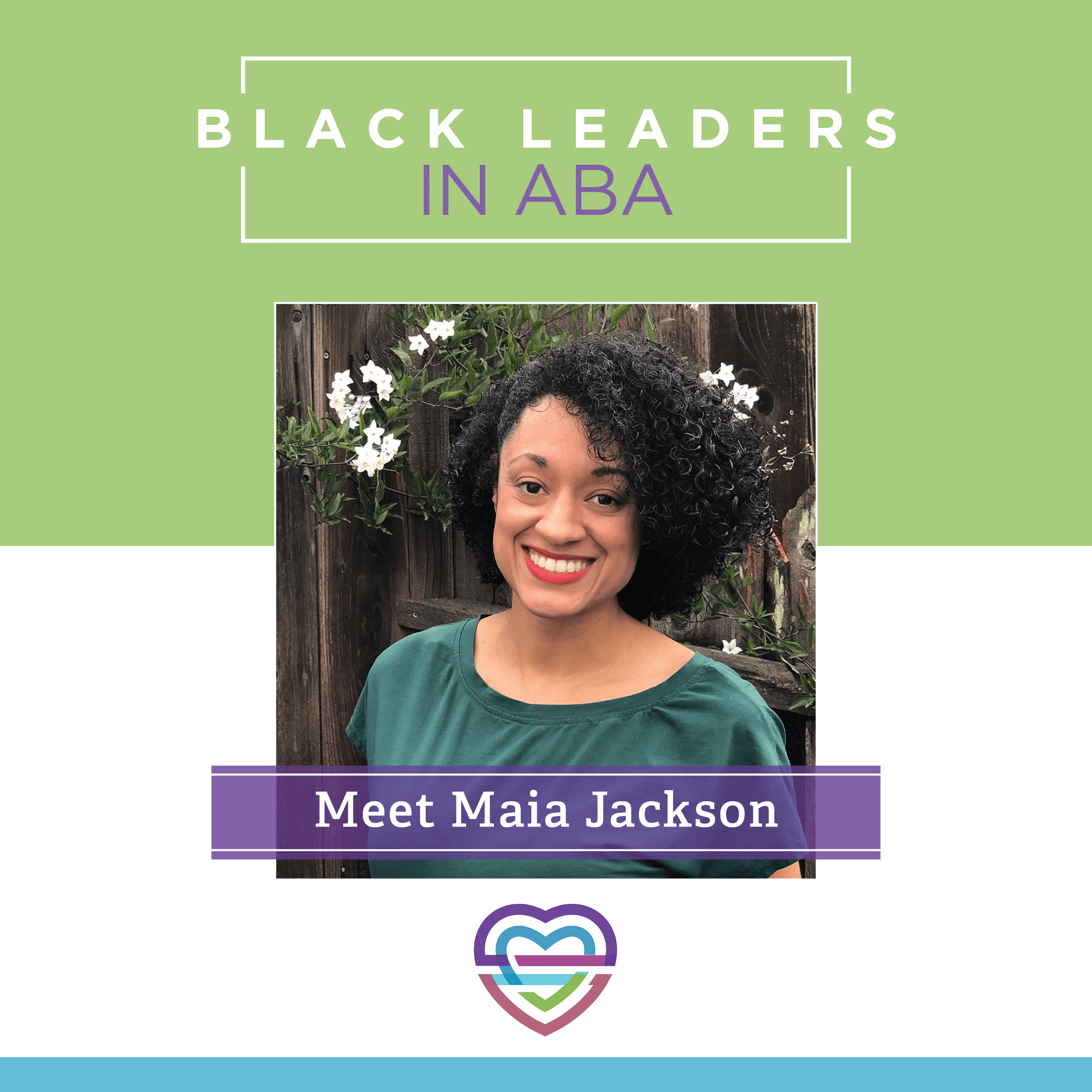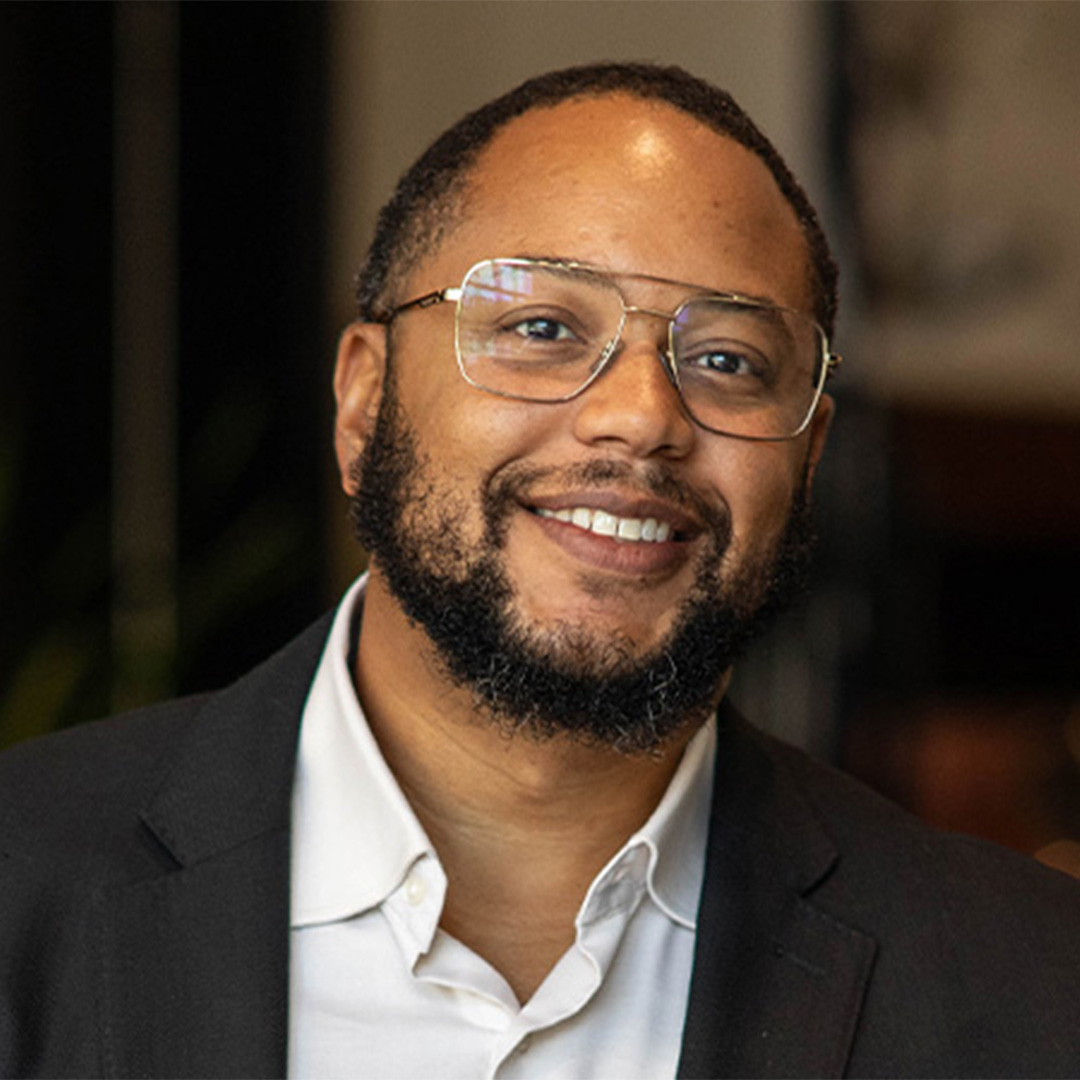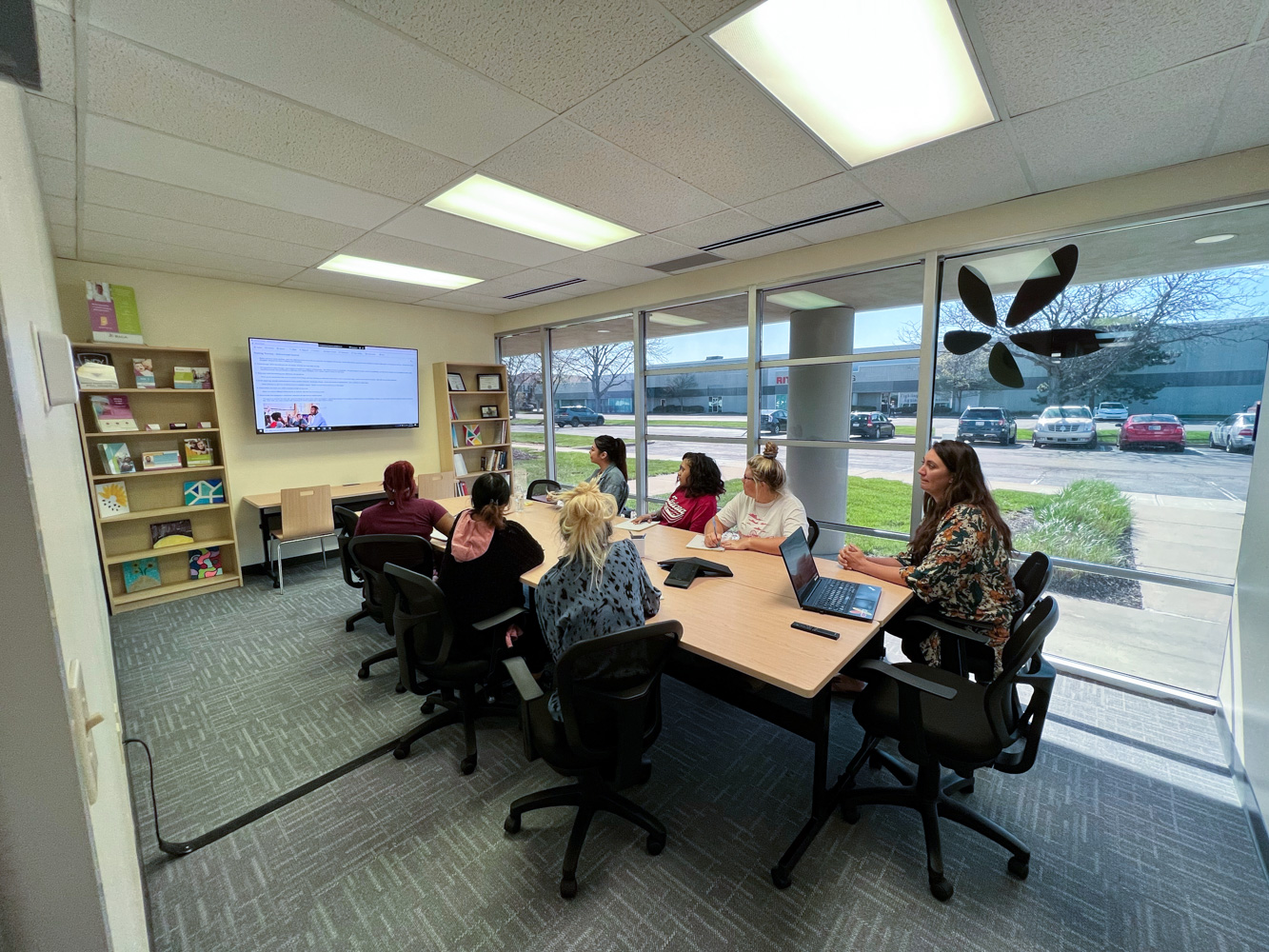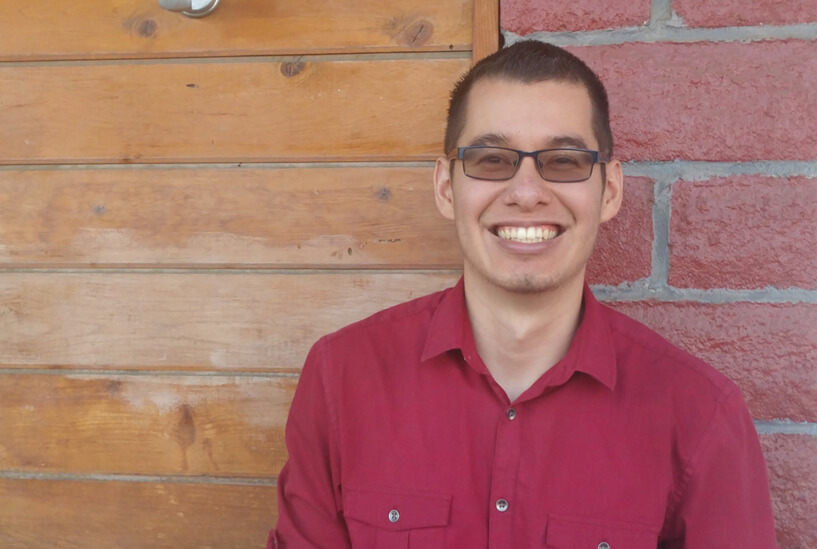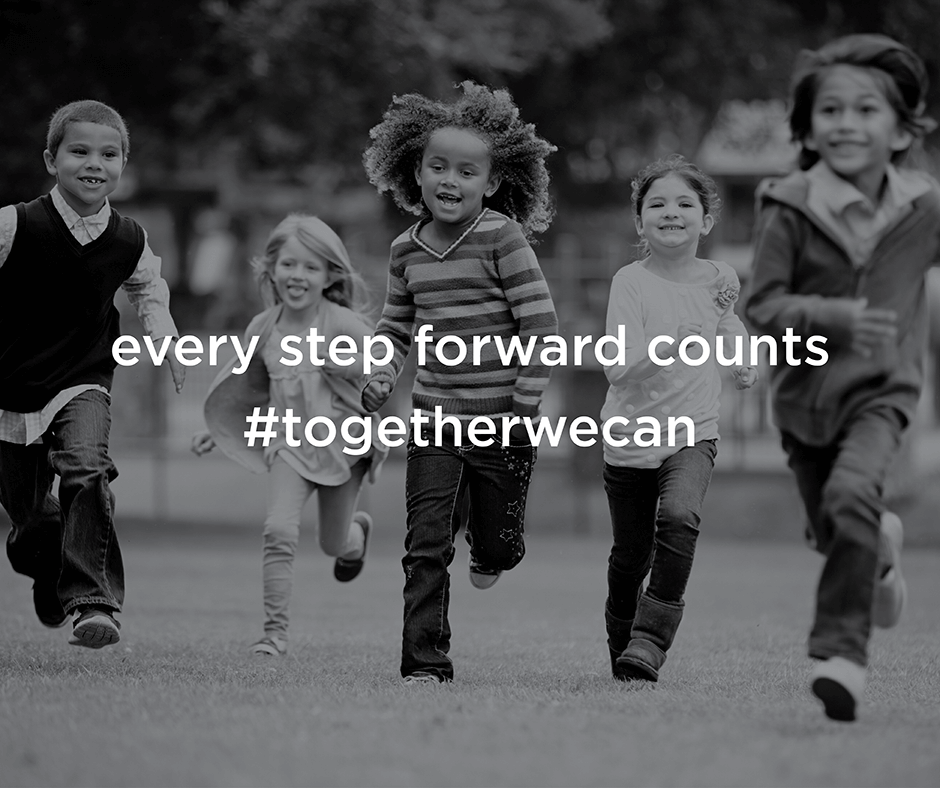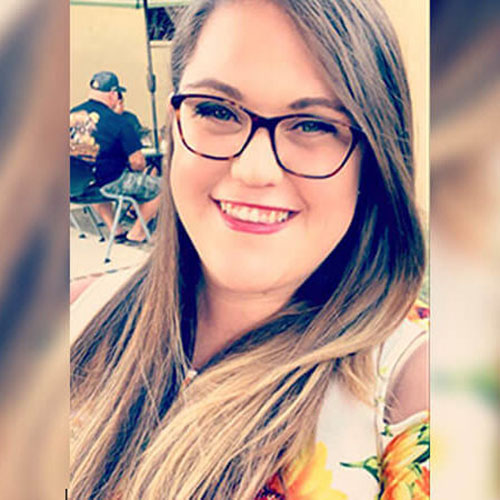Spotlight on Black Professionals in ABA: Maia Jackson
FEATURED POSTS
December 30, 2025
Our new series, “Spotlight on Black Professionals in ABA,” continues with an interview with Maia Jackson, the clinical development manager of LEARN Behavioral’s Autism Spectrum Therapies (AST) office in Oakland, California, in the East Bay region of the San Francisco Bay Area.
The series comes on the heels of an analysis conducted by the Behavior Analyst Certification Board (BACB), which found that Black behavior analysts make up only 3.6 percent of the total board certified behavior analysts, a number that lags behind the 13.4 percent of Black people living in the United States, according to 2019 U.S. Census data.
Here, Maia talks about her experience and the critical need for mentorship in the ABA field.
Q: Thanks, Maia, for taking time to chat with us. Let’s start with the beginning: how did you get into ABA? What attracted you to the field?
A: My senior year in college at Sacramento State University, I still didn’t know what I was going to do. I majored in psychology, which is kind of general. As I got closer to graduating, I went on Craigslist—that’s a sign of my age—and saw a job posting that said, “Work with kids!” I really enjoyed kids and thought, Why not? I ended up taking the job and doing direct intervention with four- and five-year-old kids with autism spectrum disorder (ASD). They were adorable.
After a few months of that, I knew I wanted to continue but in a way that allowed me to grow in the field. I started Googling and looking at various options for graduate school, ultimately enrolling in National University’s master’s program in education, which offered a specialization in ABA.
Q: What was graduate school like for you?
A: It was an interesting, though busy, experience. I kept my job with Bridges, an ABA provider in Sacramento, and juggled work with studying. It helped that most of my courses were online, but that also made it harder to make connections and interact with my peers and professors. My studies lasted about a year and a half, and when I graduated, in 2009, I needed a board certified behavior analyst (BCBA) to observe and supervise me in the clinic for a set number of hours, in order to earn my own credentials as a BCBA. But ABA was still a relatively new field, at least in regard to autism, and I couldn’t find anyone to supervise me. There just weren’t that many BCBAs around at that time.
In 2011, I ended up taking a job with AST, which had recently opened a new office in the Bay area. The office caseload grew quickly, which was exciting but also challenging—I was thrown into the mix. There was a learning curve, but I got the supervision and support I needed to earn my BCBA certification and ultimately help kids and succeed in the position.
Q: What was the supervisory experience like for you? What kind of feedback did you receive on your work in the clinic?
Someone from one of AST’s more established offices in southern California drove up to supervise me, and that was a real game-changer. I came to think of her as my mentor. In fact, I didn’t know what I had been missing until I had someone come in and provide that level of support. Mostly, what she gave me was time—time to sit and listen as I talked about my cases, time to answer my questions, time to trouble shoot. I hadn’t had that level of support before. She gave me her input and clinical guidance and expertise. Plus, she was a woman of color, like me, and I hadn’t worked with a woman of color in ABA until that time, even in grad school. She gave me the confidence to express my thoughts and concerns about the job, and advice on how to balance my professional and personal lives. We still keep in touch and call each other to troubleshoot or even just catch up.
Q: It sounds like the relationship with your mentor was a game changer, indeed. How has that experience influenced your continued work in behavior analysis?
A: Well, right now I work as the clinical development manager, supporting newly hired trainers and providing training to new supervisors, so my job, essentially, is to help guide and support new employees in clinical positions. This is important because the better trained we are, and the more we feel supported in our positions, the better the outcomes for our clients and the higher retention rates for our team.
I’m also part of a team of five professionals at LEARN launching a mentorship program for employees taking part in our organization’s Future Leaders Diversity Advancement Program Cohort, designed to increase the number of Black BCBAs at LEARN. The program provides financial assistance to employees attending National University’s master’s program in ABA. As I mentor, much of what I’ll do is what my mentor did for me—listen, guide, and help troubleshoot any problems that come along, whether related to the field or to things like work-life balance.
Mentoring is something I truly love doing. It differs from a supervisory role, where people might be guarded and careful with what they say. In a strong mentor relationship, people can pick up the phone and call anytime without worrying how they’ll be perceived. The focus is on building confidence, happiness, support, and growth.
Q: In your own words, why do you think it’s important to increase the number of Black professionals in ABA—and to increase diversity across the field, in general?
A: At LEARN and AST, we have a diverse clientele, though I’d like to see an even more diverse clientele—to see a broader range of children accessing services. Systemic issues prevent some children from getting the care they need. It often starts with well-baby checks, for instance, where a pediatrician might not refer patients who are Brown or Black to the appropriate resources in a timely manner or might not diagnose them early enough. Difficulties with transportation, work schedules (with parents working multiple shifts), and funding also prevent some children from getting the care they need. Plus, not everyone can afford services. Even with insurance, a $40 to $45 co-pay several days a week adds up quickly.
Early diagnosis and intervention are also critical. Studies show that Black and Hispanic children are diagnosed later than white children. We need to do more to make sure all children are diagnosed as early as possible so they can take advantage of the benefits of early invention. Increasing diversity among BCBAs, who can go out in the community and conduct parent and caregiver workshops, while raising awareness to pediatricians and other people in the community, are key to better serving the broad range of children in need. LEARN’s partnerships and community liaison team are doing that important work, and I would love to join and support their effort going forward.
Read the first interview in this series, “Spotlight on Black Professionals in ABA: Brandon Whitfield,” and find out more about our Diversity, Equity, and Inclusion Plan.


